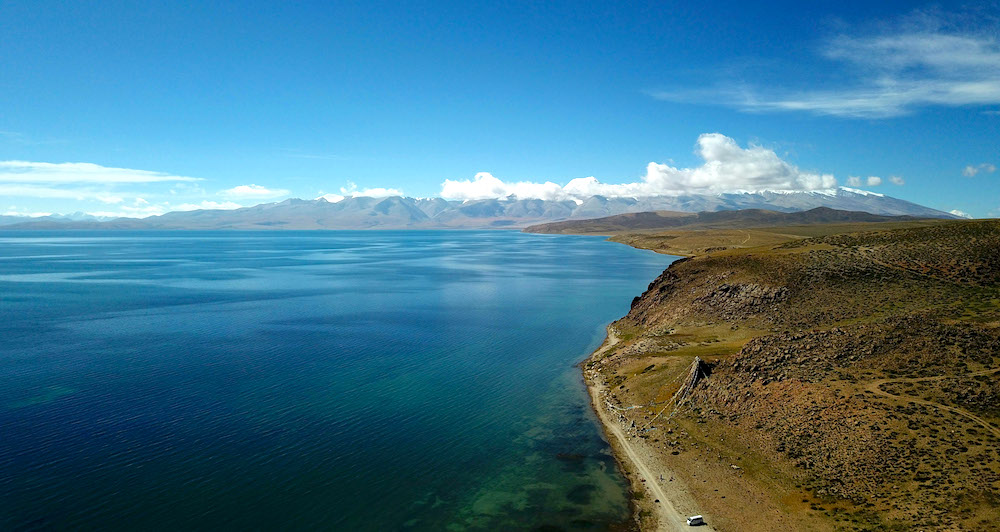Travel to Tibet is referred to as travel to the roof of the world or land of snow. This is because the average altitude of the Tibetan plateau is above 4000m above sea level. It stretches for around 2000km from west to east, surrounded by high peak mountains. The Himalayan Mountain ranges to the south, the Karakoram Mountains to the west, and the Kunlun Mountains to the north. It has some of the world’s highest mountains, like Mount Everest. Tibet is the source of major rivers and is referred to as the water tower of Asia.

This phenomenal landscape is standout from the rest of the world. The remote, mystic, rugged, and unforgettable landscape touches the heart of every traveler who travels to Tibet. The breathtaking views of deep-blue colored lakes, never-ending mighty rivers, evergreen forests, and peace-loving Tibetan people will be planted in the minds of fortunate travelers.
There is no denying the challenges that Tibetans faced over the years, and despite these struggles, the strength and determination of the Tibetan people prevail. Tibet is a deeply religious land with a rich ancient culture that is well preserved today. The People’s beliefs are so strong that no wave could take away their beliefs. Traveling around the sacred place in Tibet will strongly express the peaceful nature of the Tibetan people and its deeply rooted Tibetan Buddhism beliefs. It is truly inspiring, and the experiences that remain with those who are fortunate enough to travel to Tibet will last forever.
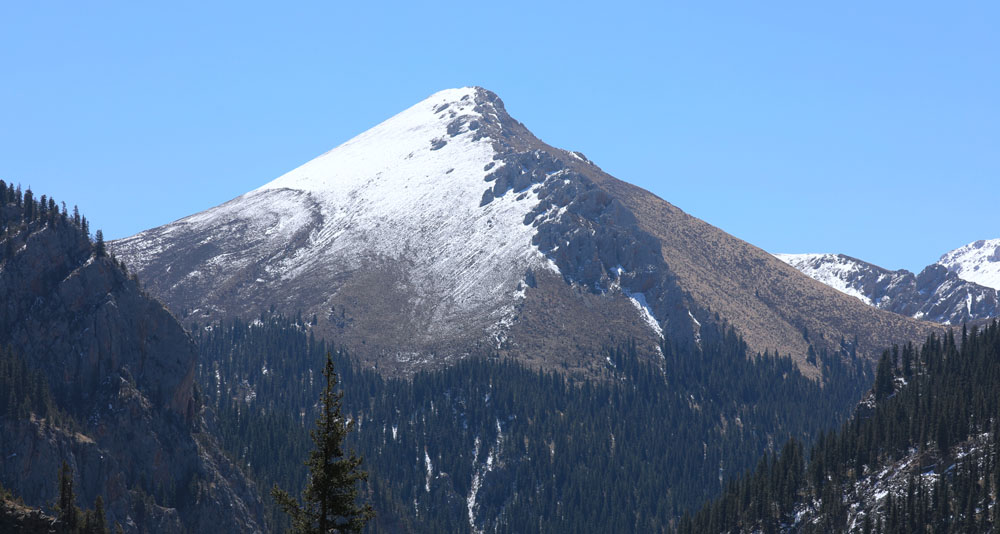
The Reality of Tibet Travel
However, Tibet is hard to access the outside world due to its political sensitivity. It’d be best if you did background research at home before visiting Tibet.
Traveling to Tibet can be a unique and rewarding experience, but it’s important to understand the reality of what to expect before embarking on such a journey. Tibet is a remote and isolated region with a unique culture and history. Visitors must obtain a special permit to enter, and the process can be complicated and time-consuming. Once in Tibet, travelers may experience altitude sickness due to the high elevation, which can be dangerous if not properly addressed. It’s important to acclimate slowly to avoid serious health issues.
Despite these challenges, there are many reasons why traveling to Tibet can be worth it. The landscape is breathtaking, with snow-capped peaks, deep valleys, and crystal-clear lakes. The culture is rich and diverse, with a fascinating blend of Buddhist and traditional beliefs and practices. Visitors can witness religious ceremonies, explore ancient monasteries and temples, and learn about the region’s unique history and customs.
It’s important to remember that Tibet is still a politically sensitive region, and there are restrictions on what visitors can see and do. Travelers should be respectful of local customs and beliefs, and avoid any actions that could be seen as political or disrespectful. With careful planning and preparation, a trip to Tibet can be an unforgettable experience that offers a glimpse into a world that is unlike any other.
Now, the question is how to travel to Tibet. It is straightforward if you can follow these steps.
Get a Chinese Visa from the Chinese embassy.
You can apply for a Chinese Visa from the Chinese embassy or Chinese consulate in your country. You don’t need to mention travel to Tibet because sometimes it’ll be hard to get a visa.
Getting a Chinese visa can be a bit of a daunting process, but it doesn’t have to be. Here are the steps you need to follow to obtain a Chinese visa:
1. Determine which type of visa you need. There are several types of visas for China, including tourist visas, business visas, and student visas. Make sure you apply for the correct type.
2. Gather all the necessary documents. This will usually include your passport, a completed visa application form, and a passport photo. You may also need to provide additional documentation depending on the type of visa you are applying for.
3. Submit your application to the Chinese embassy or consulate in your home country. You can usually do this in person or by mail.
4. Pay the visa fee. The amount will vary depending on the type of visa and your nationality.
5. Wait for your visa to be processed. This can take anywhere from a few days to a few weeks, depending on the embassy or consulate.
6. Collect your visa and travel to China! Make sure you check the validity dates of your visa before you book your travel arrangements.
Overall, getting a Chinese visa is a manageable process as long as you are organized and prepared.
Contact the Local Tibet Travel company in Tibet.
Independent travelers are not allowed to travel to Tibet. You must book a Tibet tour with a registered travel agency or tour operator. There are many travel agencies in Tibet and China. I would recommend local Tibetan tour operators because they could provide you better Tibet experience tour as they know their places better than others. You could search on Google about Tibet tours and travel.

Choose your preferred tour operator and book a tour package that is suitable for you. There are mainly two types of Tibet tours that are Tibet group tours and private tours. Tibet tours are expensive. Before you book the tour, you must contact your tour operator and share your travel plans so that they will help you to book accordingly. There are some extra permits you need to travel to Tibet, but these permits will arrange for you by the Tibet tour operators.
Get Tibet Travel Permit
There are some permits needed for your tour depending on your Tibet tour itinerary. Still, you don’t need to worry about those permits because everything will arrange for you by the Tibet travel agency or Tibet tour operator. You need to submit a copy of your passport and visa.
Getting a Tibet travel permit is essential for any foreigner planning to travel to Tibet. The process for obtaining a permit can be a bit complicated, but with some careful planning, it is not too difficult. Here is what you need to do:
1. Choose a reliable travel agency: To get a Tibet travel permit, you need to book your trip through a registered travel agency in Tibet.
2. Provide required documents: Your travel agency will ask you to provide a scanned copy of your passport and Chinese visa. You will also need to provide information about your occupation, purpose of visit, and travel itinerary.
3. Get an invitation letter: Your travel agency will send you an invitation letter which you need to present to the Chinese embassy in your home country when you apply for a Chinese visa.
4. Apply for the permit: Your travel agency will apply for the Tibet travel permit on your behalf once you provide all the necessary documents.
5. Wait for approval: It can take up to two weeks for the permit to be approved, so be patient.
6. Collect the permit: Once your permit is approved, your travel agency will send it to you or arrange for you to collect it in person when you arrive in China.
Remember that the permit is only valid for the dates specified on it, so make sure you plan your trip accordingly. Also, note that there are restrictions on where you can travel in Tibet with the permit, so make sure you discuss your itinerary with your travel agency in advance.
Covid test result and Vaccinated prove
Since the Covid cases are handled very seriously in China, you need to get vaccinated, and before your travel, you need to get Covid Test. These documents need to show it at the airport or train station before you board.

How to get to Tibet?
Now you have to decide how to get to Tibet. There are mainly three ways of traveling to Tibet. The first is by plane. The plane is expensive during the summer season from mainland China to Tibet, and also getting a plane ticket is also hard. It’s better to book earlier. You can also ask your tour operator to book an air ticket for you as well. If you book your air ticket by yourself, that’s fine, but you must share your flight details with your tour operator so that they will arrange for your arrival in Tibet.
The second option is by Tibet train. There are train routes from mainland China to Lhasa, Tibet. This option is quite popular among Tibet travelers because you will get more days to explore Tibet and see the change of the beautiful Tibet landscape through the train window.
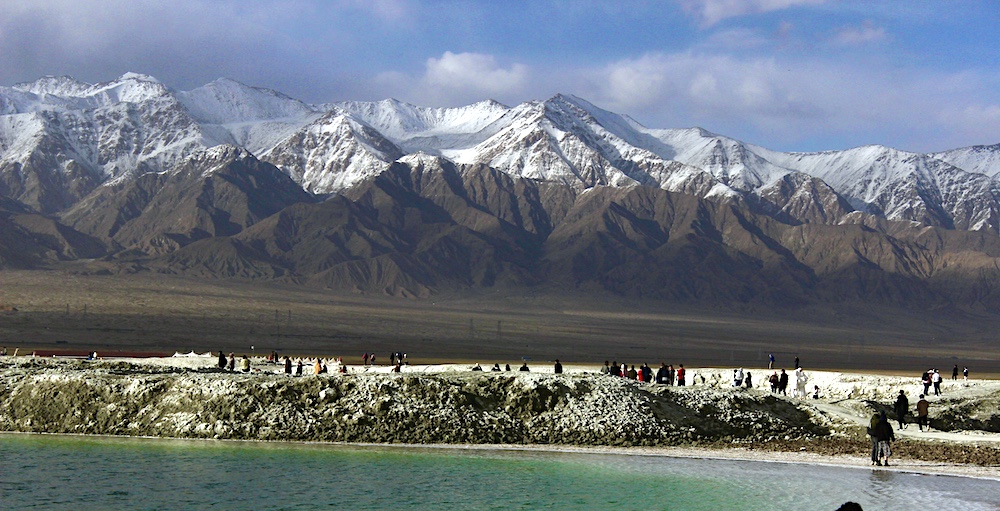
The third option is by road. This is a pretty long journey, but it’s all worth it. I would recommend not taking this if you are a senior citizen because you need to ride a car for 9-10 hours a day. There are no problems if you could handle them. The overland tour usually starts in Chengdu or Xining to Lhasa, Tibet.
These are the three options to get to Tibet. However, I would suggest whichever option you take. It would be best if you kept in touch with your tour operator, especially the flight. The train and overland tour will have no problem because the tour guide will always be with you from the start to the end of your tour.
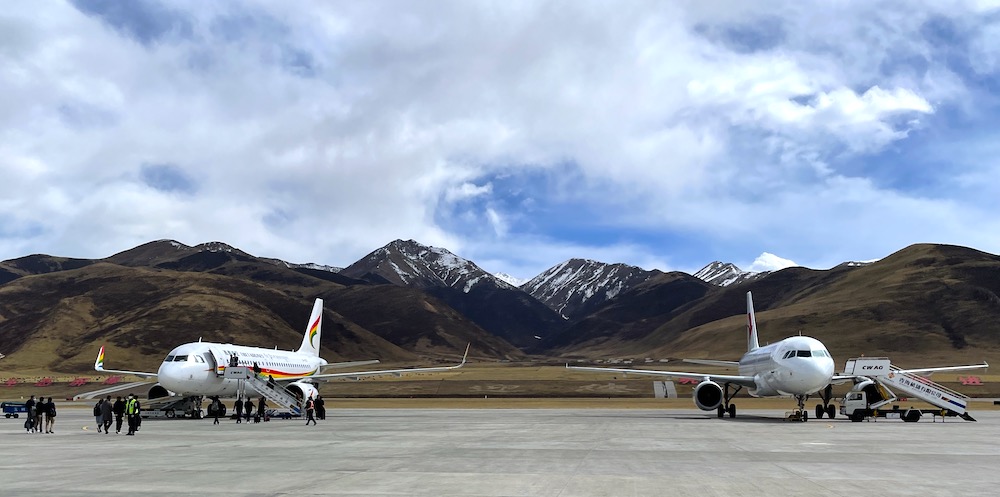
Is Tibet safe to travel to?
Tibet is the safest place to travel in China. Sounds safe. For you, it’s totally safe while you are in Tibet. There are literally no petty thieves, robbers, and criminals.
Tibet is a unique and beautiful region with a rich cultural heritage that draws many travelers to its borders. However, some people may be concerned about the safety of traveling in Tibet, given its political situation and remote location. While there is no doubt that Tibet presents some challenges for travelers, it is generally considered a safe place to visit.
One of the main concerns for travelers in Tibet is the high altitude. Most of the region is situated above 3,000 meters, and some parts reach heights of over 5,000 meters. Altitude sickness can be a serious concern for some travelers, so it’s important to take the necessary precautions, such as acclimatizing slowly and staying hydrated.
Like any travel destination, there are risks associated with traveling in Tibet, but with proper planning and precautions, it can be a safe and rewarding experience. It’s always a good idea to research the region thoroughly before your trip and consult with local experts or travel agencies for advice.
However, here are sudden things that you should keep in mind. Tibet is a politically sensitive area, so be aware of where you are and what could get you and Tibetans into trouble. Which means:
Don’t take or carry any form of Tibet guidebook related to any political materials into the country. The scanners at Lhasa airport scan carefully for books.
Don’t take any form of images of the Dalai Lama. It is illegal here. You and Tibetans could get into trouble.
Don’t engage or ask about any political topics with locals and your tour guide. This could get locals in trouble. The tour guide will tell you everything you need to know in their space, so don’t further push them.
Don’t take any photos of police, army, or other military personnel or places.
When you take photos of places and people, be careful what you are taking. Some places, like inside the monastery or temple, wrote no cameras. You must follow the rules. If it is not written, you can ask if you can take the photo or not.
Keep to your itinerary and times.
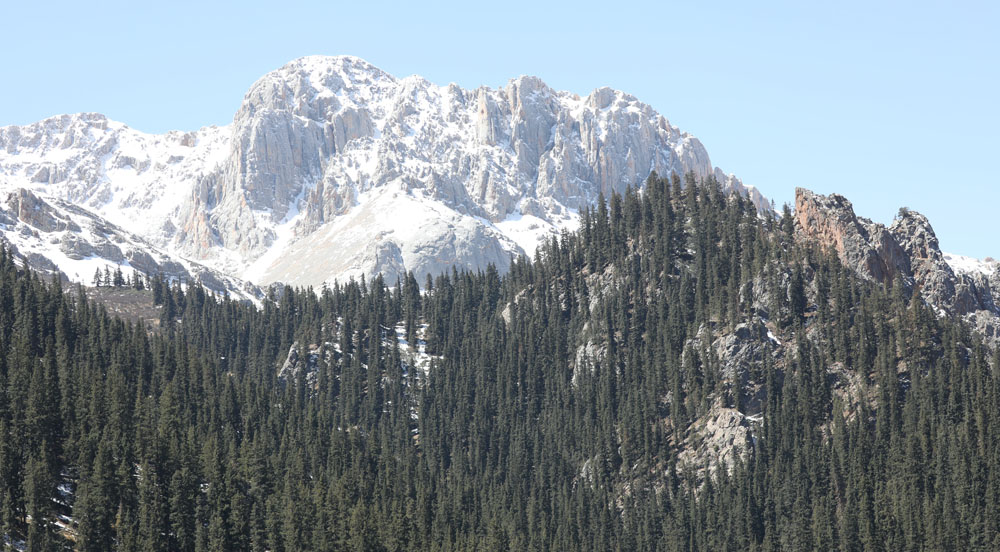
The local tour guide must ensure the group and vehicle reports at designated police checkpoints on the set days of your city departure and new city arrival. The tour guide will face the problem of that.
Tibet is an awesome trekking destination. It has amazing landscape views, which is one of the greatest reasons to visit Tibet. The winding trekking trails and high passes are spotted with Buddhist prayer flags, and will hugely be inspired to take a further step toward the ancient land of Tibet.
